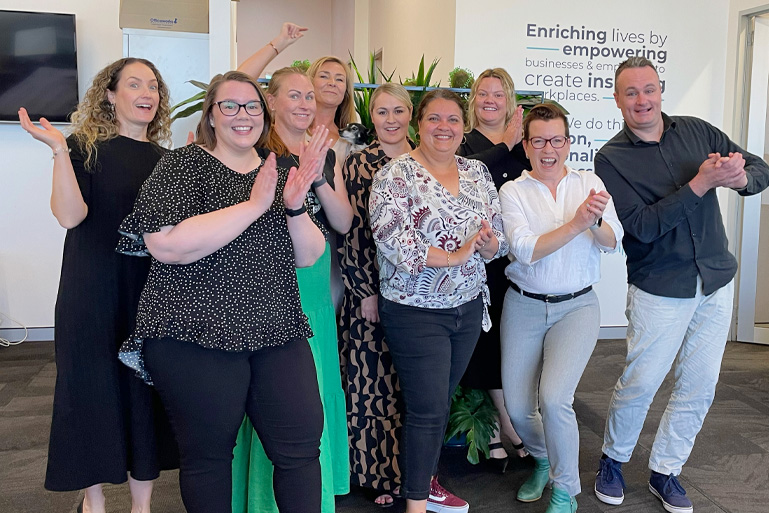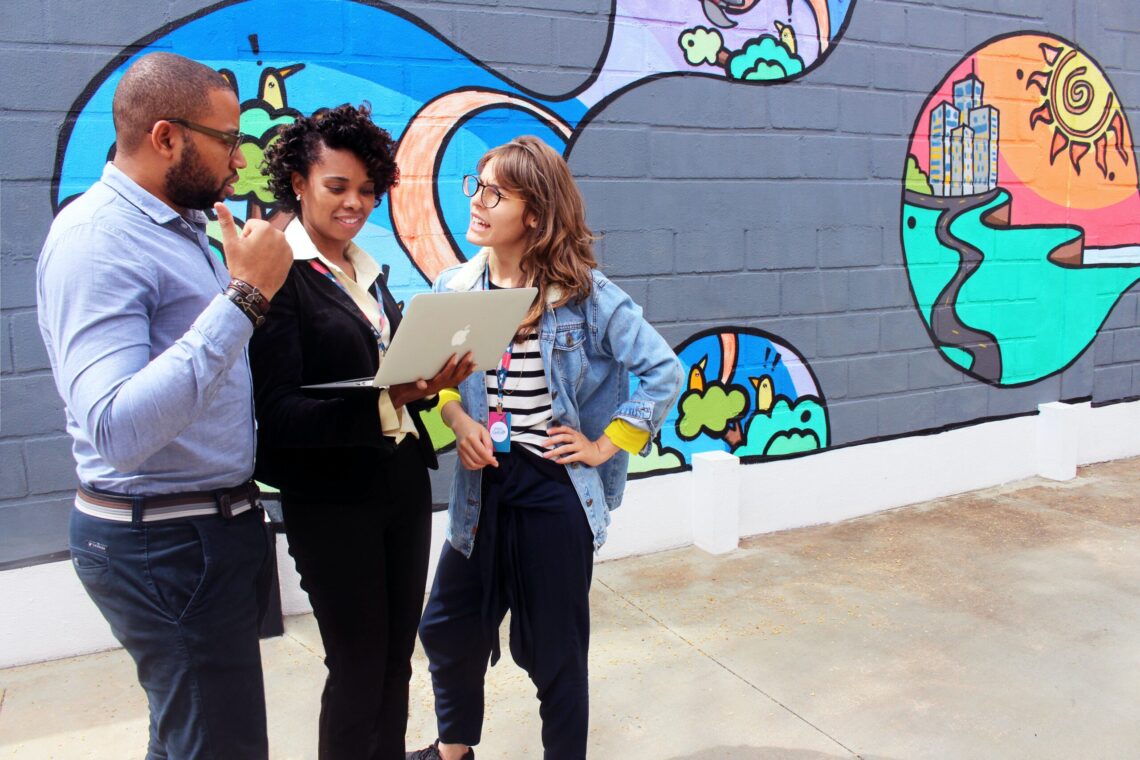It’s easy to be told “go with the flow” but learning to be adaptable on the fly is a hard skill to learn.
It’s easy to be told “go with the flow” and “this is the time to re-skill” but learning to be adaptable on the fly is a hard skill to learn.
Here we talk through some practical solutions for both employees and employers.
Learning to be adaptable in four steps
-
Consider all opinions when making critical decisions
Flexibility as well as a solutions-orientated approach to problems are important factors that aid adaptability. A great way to stimulate creative problem-solving is by collaborating. A great example of workplace collaboration that creates both creates change and makes for adaptable thinkers are Employee Resource Groups (ERGs).
While the onus is often put on the employee to be flexible, flexibility is also something that can be built into the workplace. One such way is by decentralising decision-making. This means all opinions, departments and levels of seniority can be heard, and the concerns they have for revenue streams or key stakeholders are considered.

-
Talk about change positively
Psychology calls this the framing effect. It is a cognitive bias where people develop opinions based on the positive or negative connotations used to discuss a subject or share a story. Framing is also an essential skill that helps to build resilience.
Talk about change with your team and your colleagues. Perhaps even consider including this as a part of your monthly review or weekly WIP. Reference times past when you’ve made mistakes, but something really great actually happened because of it. The more you can focus on the opportunity to learn and grow, the less daunting unforeseen circumstances or human error become.
-
Cross-train
Okay, so the hordes of articles suggesting people use their downtime re-skill were on the money! But we shouldn’t just be waiting for change to be upon us to re-skill.
Consider the act of learning its own skill to be flexed and trained. If you’re constantly learning, not only will you start getting a clearer, big-picture view of your company, but you’ll become a more rounded worker and improve at learning new cross-departmental skills.

-
Ask why, how and what-if
Just like the act of learning is something you can train; you can also practice and improve problem-solving. No, we aren’t talking about brain games (although, they’re great too), but instead real-world task-focused problems.
If you were to become unwell, are enough people across your tasks that could help push things along while you’re unavailable? If not, what do you need to do to support this? Can you access your company’s server remotely? What happens if your printer stops working? Is there an app for that?
Start small, and you’ll soon realise you’re transitioning from a reactive person to a proactive person – and one that can keep their cool under pressure too.





